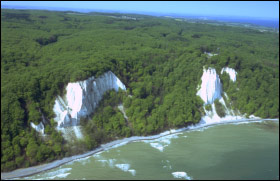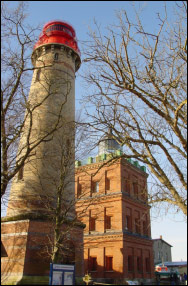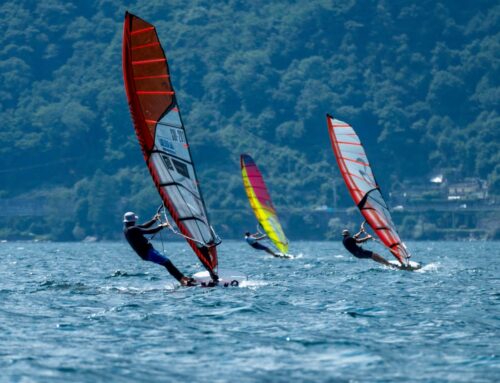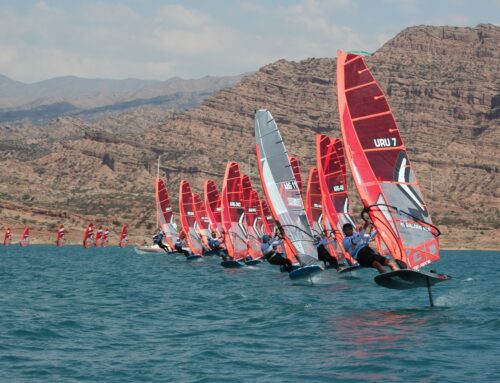 The almost 100 square meters wide island of Ruegen may call itself the biggest and maybe also the most beautiful island of Germany. No other region can offer such a variety of landscapes all together.
The almost 100 square meters wide island of Ruegen may call itself the biggest and maybe also the most beautiful island of Germany. No other region can offer such a variety of landscapes all together.
580 kilometers of varying coast with white beaches, heights overgrown with beech trees, sharp cliffs and sedgy bays by the lakes are part of the great scenic offers. The “green tunnels” of the alleys with their old tree populations draw through the island from the south to the north. Not to forget the “white gold” of the famous chalk coast that also fascinated the famous german landscape painters of the romantic époque, like Caspar David Friedrich.
 It is well worth to visit the island in any time of the year. The wide range of activities starts from hiking offers in spring, bathing at the beaches in summer, culinary weeks in autumn up to wellness in winter (for example with the healing power of the Ruegen chalk. The quiet and idyllic calmness of the countryside adds to the bubbling live in the seaside resorts on the east coast – island of the contrasts.
It is well worth to visit the island in any time of the year. The wide range of activities starts from hiking offers in spring, bathing at the beaches in summer, culinary weeks in autumn up to wellness in winter (for example with the healing power of the Ruegen chalk. The quiet and idyllic calmness of the countryside adds to the bubbling live in the seaside resorts on the east coast – island of the contrasts.

Strongly characterised by remains from the Slavic Period, Dranske is a great place to marvel at archealogical finds, remnants of Slavic settlements and burial mounds. As a result of gifts, distraints and sales the settlements came into the possession of the monasteries of Rügen and Stralsund and the churches of Wittow at an early point. Today, Dranske offers its visitors a promenade along the Bodden shore, a sailing school, a ceramic workshop, and a museum. It is also famous for the Bug Peninsular, where waterplanes were already stationed in imperial times. Later, sea rescue planes took off from here. In the 60s, the East German People’s Navy set up a speedboat base on Bug. The 180 ha. area was sold in 1997. A spacious holiday resort with an adjacent marina is to be built here. The rest of the peninsular is protected and belongs to the Bodden National Park of Western Pomerania.


